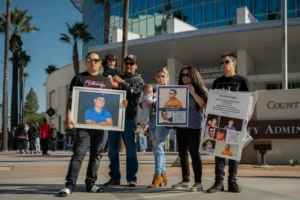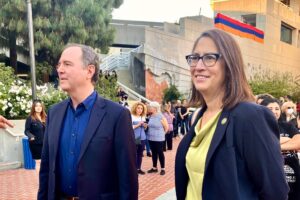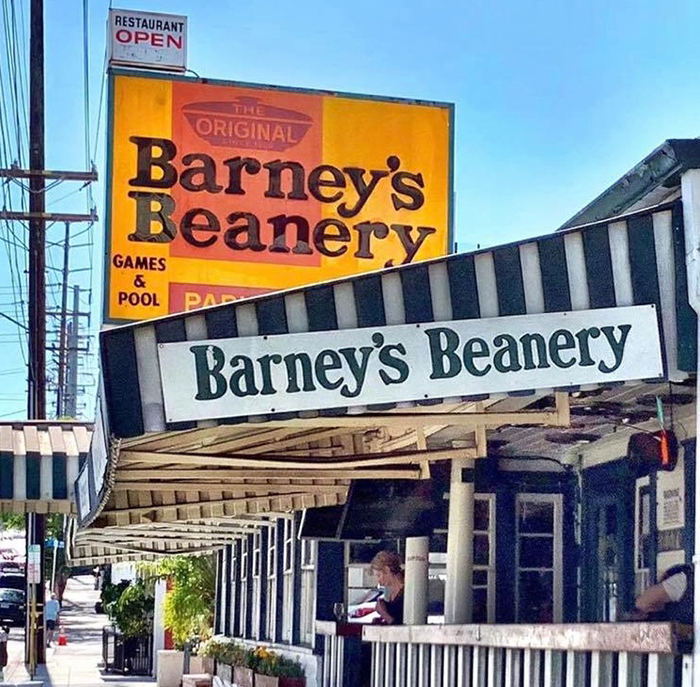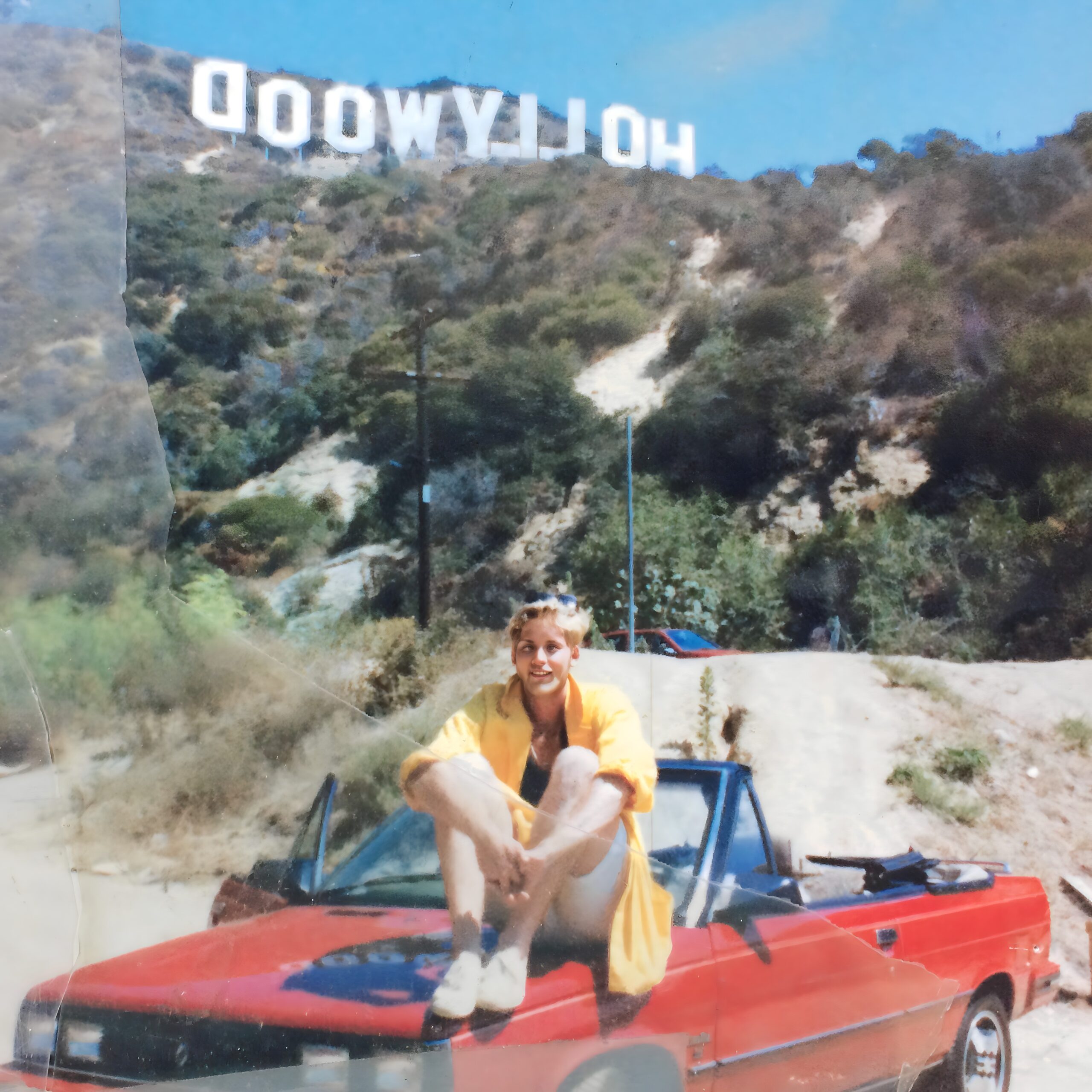WEST HOLLYWOOD — Restaurant owners are scrambling to adapt to another closure of indoor dining July 1, imposed by California Gov. Gavin Newsom following a sharp increase in COVID-19 cases that started in mid-June.
Restaurants had only reopened their dining rooms for a few weeks when the latest health order came down. Some feared that their businesses would not survive having to close again.
“It is expensive to close and reopen,” said AJ Sacher, the operations manager of Barney’s Beanery in West Hollywood. “At some point, they run out of money and that’s it.”
Newsom said at a press conference July 1 that closing indoor dining was necessary to prevent the spread of COVID-19, with transmission of the virus more likely to occur between people who are indoors for an extended period of time.
The restaurant closures could have a significant effect on the city’s economy, which depends a lot on restaurants and bars, many of which are world famous. Newsom also ordered bars to close completely.
Los Angeles County first shut down restaurant dining in March to prevent the spread of coronavirus, a measure that helped stabilize the number of new cases to an average of around 1,000 a day.
California and the county allowed restaurant dining rooms to reopen on May 29, and by mid-June new COVID-19 cases were increasing drastically.
Newsom’s July 1 order was for 19 counties in the state, including Los Angeles County, to shut down indoor dining for at least three weeks. The county Department of Public Health modified its health order accordingly, after reporting a fourth straight day of new COVID-19 cases numbering more than 2,000.
Sacher of Barney’s Beanery predicted that the order would hurt restaurants like his, which remained open for takeout.

“The governor’s decision is perilous and he just increased the number of restaurants that won’t survive this pandemic,” he said.
At the beginning of the pandemic, many restaurants relied on takeout and delivery to survive, and have since added outdoor dining to their fight to keep doors open. The city of West Hollywood offers a temporary outdoor expansion permit for sidewalks, on-street parking spaces and private parking lots.
Another looming concern is the end of pandemic unemployment compensation on July 31. With that coming up, and California’s unemployment rate hovering around 16%, Sacher is concerned about how his employees will fare if restaurants cannot survive.
“[Sixteen percent] is a lot and we don’t feel it yet because of the extra government assistance,” he said. “I don’t think we’ve seen anything like that since the Great Depression. I don’t think the governor, or the public health administration have any idea how that is.”
By Kayla Rodgers
Contributing Writer











